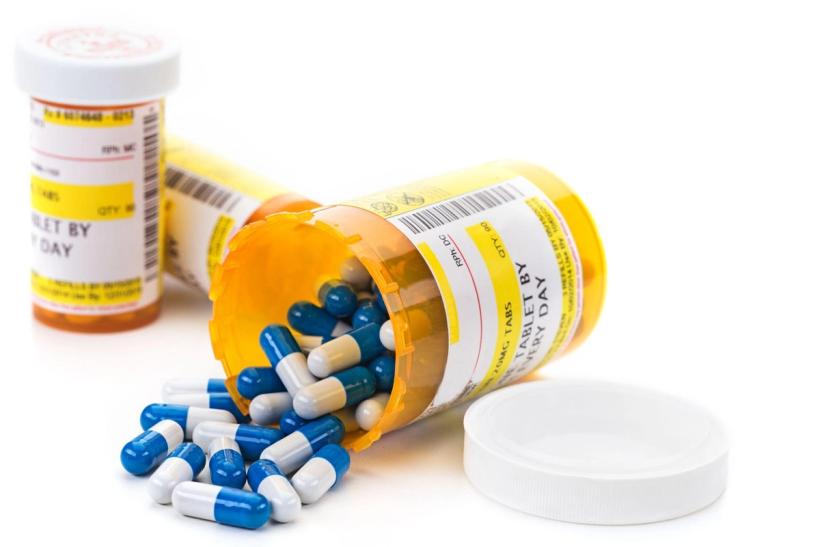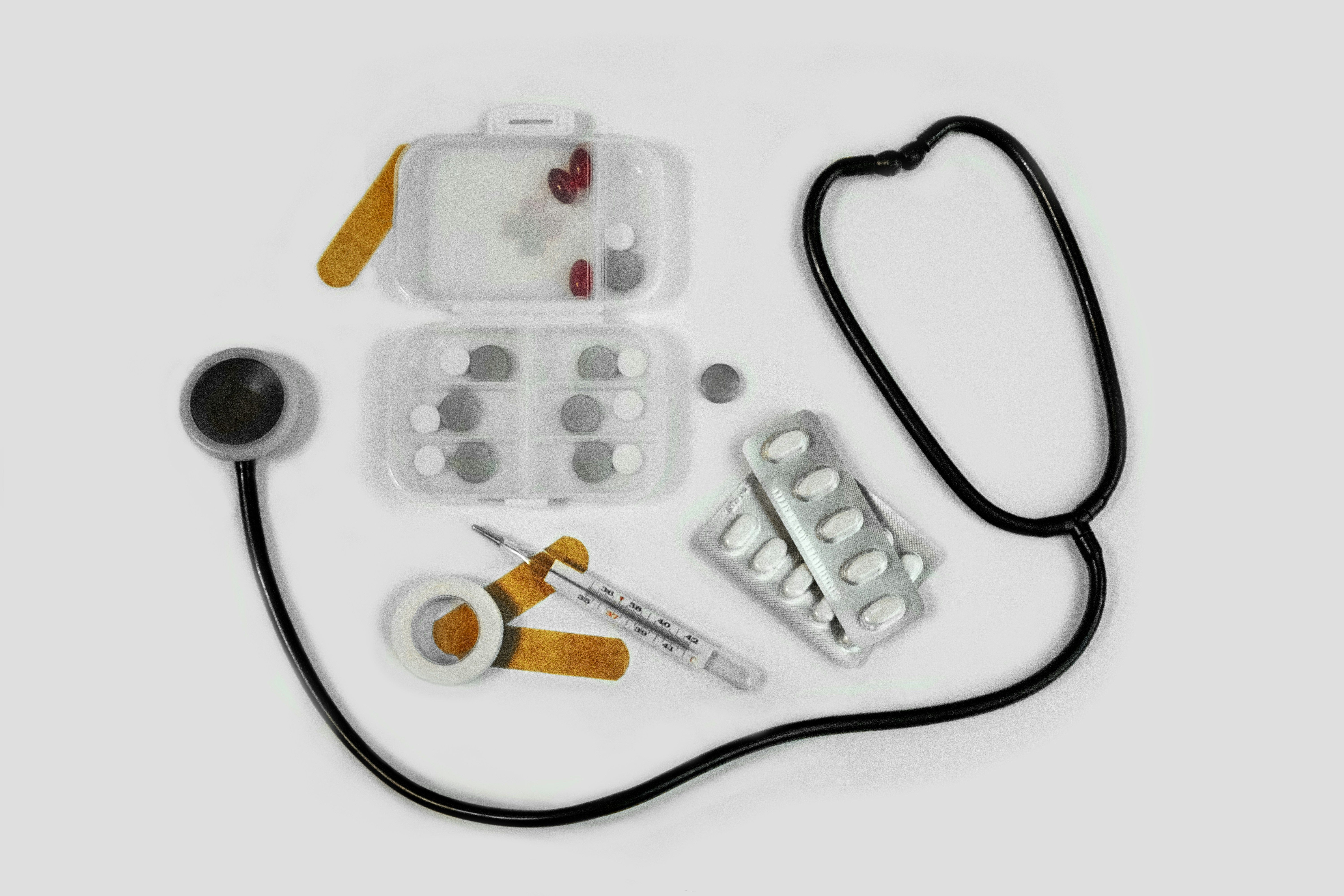You’re dealing with a painful sore throat, lingering sinus pressure, or a urinary tract infection that just won’t go away—but getting a doctor’s appointment feels impossible. Whether you’re facing long wait times, lack of insurance, or limited access to care, you’re not alone. Millions of people find themselves wondering what to do when antibiotics are needed but out of reach.
In these moments, it’s tempting to search for over-the-counter antibiotics or natural remedies. But not everything you find on the internet is safe—or even legal.
This guide will help you navigate those gaps in care with safe, actionable solutions. You’ll learn which alternatives to antibiotics can support your symptoms, what’s actually available without a prescription, and how to know when you need to seek real medical treatment.
Why Most Antibiotics Aren’t Available Over the Counter
In the United States, almost all oral antibiotics are regulated and require a prescription. This rule isn’t meant to make access harder—it’s a protective measure. Antibiotics are powerful drugs that, when misused, can lead to harmful side effects, treatment failures, or worse: antibiotic resistance.
These laws are especially important for internal infections, such as those affecting the throat, lungs, urinary tract, or ears. Treating these conditions with the wrong antibiotic or incorrect dose could delay healing or mask a more serious problem.
Even in emergency situations, most pharmacies cannot legally provide antibiotics over the counter. A few states allow limited access under collaborative agreements with pharmacists—typically only for very specific conditions like strep throat or uncomplicated urinary tract infections—and only after testing.
So while many people believe you can walk into a pharmacy and grab OTC antibiotics like you would ibuprofen, the reality is very different—and for good reason.
Antibiotics You Can Use Without a Prescription
While most antibiotics require a prescription in the U.S., there are a few topical over-the-counter antibiotics that may be available without a prescription. These are intended for minor skin injuries and should only be used externally.
- Bacitracin: A single-antibiotic ointment used to prevent infection in small cuts, scrapes, and burns. It’s often the first line of defense for minor wounds and is safe for most skin types.
- Neosporin: This triple-antibiotic formula combines bacitracin, polymyxin B, and neomycin. It offers broader protection against surface bacteria and is commonly used for minor abrasions and shallow wounds.
- Polysporin: A double-antibiotic ointment that includes bacitracin and polymyxin B but excludes neomycin. It’s a good option for those with neomycin sensitivity or allergies.
Use these products only as directed, and avoid applying them to deep, infected, or puncture wounds. OTC antibiotics are not a substitute for oral antibiotics and won’t treat internal infections like strep throat, sinus infections, or UTIs.

Symptom Relief When You Can’t Get Antibiotics
If you can’t access antibiotics right away—or aren’t even sure they’re needed—your best move is to focus on easing your symptoms while watching for signs that professional care is required.
Here are options based on common scenarios:
Sinus pressure or cold symptoms
- Use nasal saline spray to flush out irritants
- Take ibuprofen or acetaminophen to manage headache or facial pain
- Try decongestants for temporary relief of nasal swelling
Sore throat or mild cough
- Soothe with honey, warm saltwater gargles, or throat lozenges
- Use NSAIDs for throat pain or mild fever
- Drink warm teas or broths to stay hydrated and ease inflammation
Urinary discomfort
- Stay hydrated with water or cranberry juice (not a cure, but may flush bacteria)
- Use a heating pad to reduce pelvic discomfort
- Consider phenazopyridine (AZO) for symptom relief—but note this is not a treatment
These remedies do not eliminate infections, but they can support recovery while monitoring symptoms. If they worsen or linger, it may be time to explore talking to a licensed provider.
Natural Antibiotic Alternatives
When prescription antibiotics aren’t accessible, many people turn to natural antibiotics. While some natural substances have antibacterial properties, it’s critical to understand their limitations.
Here’s a closer look at popular natural options:¹
- Thyme Essential Oil:Thyme essential oil has demonstrated strong antibacterial activity, particularly against hard-to-treat strains. It should always be diluted before skin use and is not safe for ingestion, especially for individuals with high blood pressure or thyroid concerns.
- Garlic: Garlic contains organosulfur compounds like allicin, which have shown antibacterial effects in lab studies and may support immune function. It’s generally safe in small amounts, but high doses or supplements may have negative side effects.
- Oregano Essential Oil: Oregano essential oil contains carvacrol, a compound linked to antimicrobial and anti-inflammatory effects, especially in topical and inhaled applications. It should never be used undiluted or taken internally, but may help with skin infections, sinus relief, or natural cleaning when properly diluted.
- Manuka Honey: Manuka honey has natural antibacterial properties due to its high sugar content, low pH, and hydrogen peroxide content, making it useful for treating minor wounds and burns.
- Myrrh Extract:Myrrh extract has been shown to fight various bacteria and fungi, including some that are commonly resistant to antibiotics. It’s generally safe in small doses, though ingesting large amounts or applying it to sensitive skin may cause side effects like digestive upset or rash.
While these alternatives to antibiotics can complement care, they should not replace professional treatment when a true bacterial infection is present.
Why Skipping Medical Care Can Be Risky
Relying solely on home remedies or over-the-counter solutions without consulting a healthcare provider can lead to serious consequences. Untreated infections may worsen, spread, or cause complications that are harder to manage later.
When antibiotics are truly needed, delaying proper treatment can impact recovery and increase the risk of long-term health issues. Even if symptoms seem manageable, it’s always safest to get a professional opinion.

Common Antibiotic Myths Debunked
Misinformation about antibiotics is everywhere—and following the wrong advice can do more harm than good. Here are a few myths to avoid:
Myth 1: Natural remedies work the same as antibiotics
Garlic, honey, and tea tree oil may offer mild support, but they won’t treat bacterial infections that require prescription medication.
Myth 2: Leftover antibiotics are fine to use
Old prescriptions may be the wrong type or dose and often aren’t enough to treat a full infection. Using them can delay proper care and increase resistance.
Myth 3: All infections need antibiotics
Many common illnesses—like colds and most sore throats—are viral, not bacterial. Antibiotics won’t help and may cause side effects.
Myth 4: It’s safe to buy antibiotics online from other countries
Unregulated sources may sell counterfeit or unsafe drugs. Without medical oversight, the risks far outweigh any convenience.
Myth 5: You need insurance to afford antibiotics
Not true. With 24hrdoc, you can get fast, affordable care and an online antibiotic prescription at an affordable price without insurance.
Frequently Asked Questions
Can you get antibiotics over the counter?
In the United States, you generally can’t get oral antibiotics over the counter—they require a prescription. However, topical antibiotic ointments are available, and telehealth offers access to antibiotics with no prescription visit required in person.
What’s the difference between prescription and OTC medications?
The difference between prescription and OTC medications lies in how they’re regulated and accessed—prescription drugs require approval from a licensed provider, while OTC medications can be purchased without one. OTC drugs are typically used for milder conditions and have a lower risk of misuse or side effects.
Is there an over-the-counter substitute for amoxicillin?
No, there is no true over-the-counter substitute for amoxicillin. It’s a prescription-only antibiotic used for internal bacterial infections and cannot be safely or legally replaced without medical oversight.
Antibiotics Are Faster, Cheaper, and Easier Than You Think
Getting the right care shouldn’t be complicated. At 24hrdoc, we make it easy to get the treatment you need, including an online antibiotic prescription for common conditions like strep throat, sinus infections, UTIs, and more.
Our confidential and secure platform connects you with licensed providers for fast, affordable care—no insurance required. If antibiotics are necessary, we’ll send the prescription directly to your local pharmacy, often within minutes. Skip the hassle and get real care from anywhere with 24hrdoc.
Sources:
Healthline. What Are the Most Effective Natural Antibiotics?.




